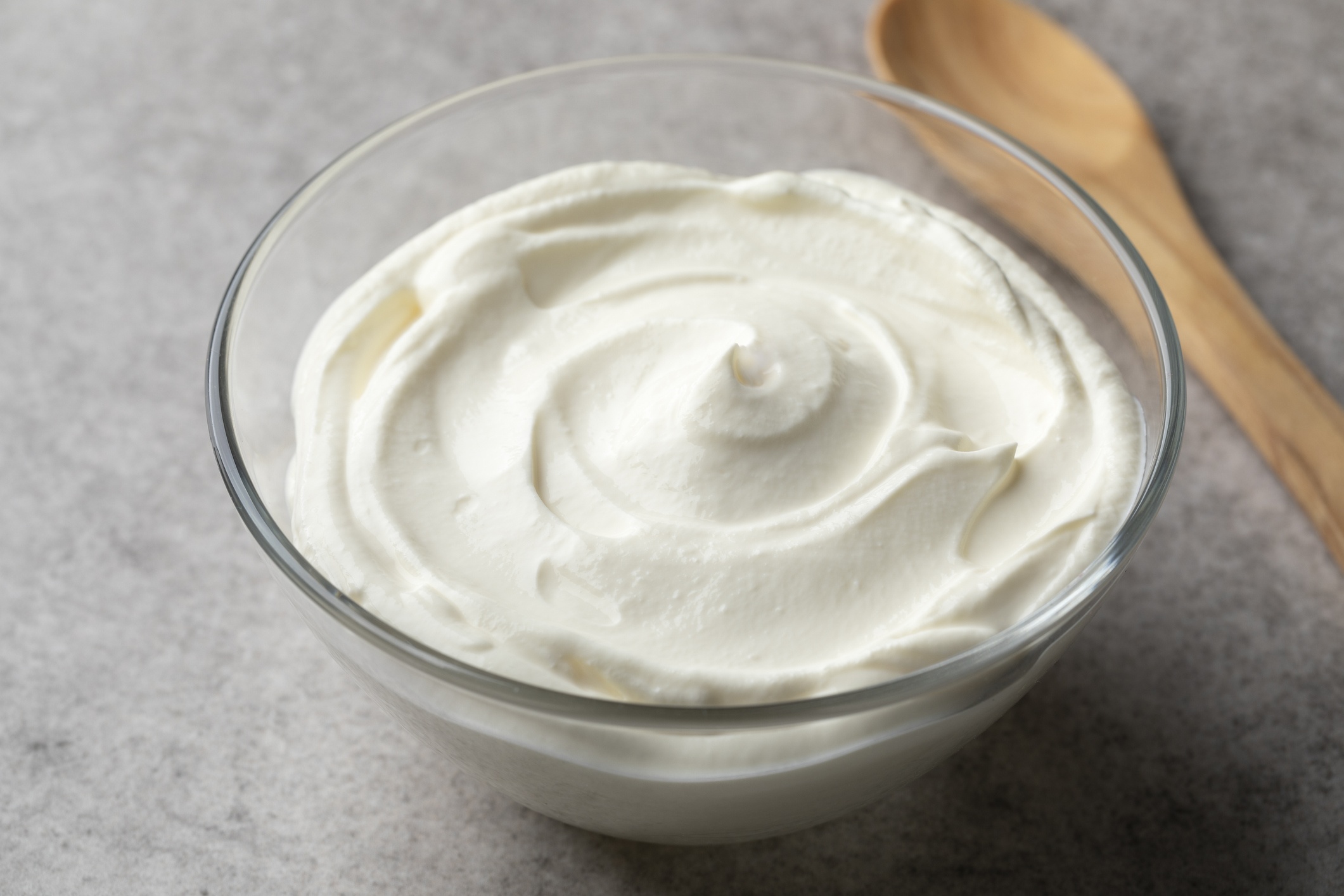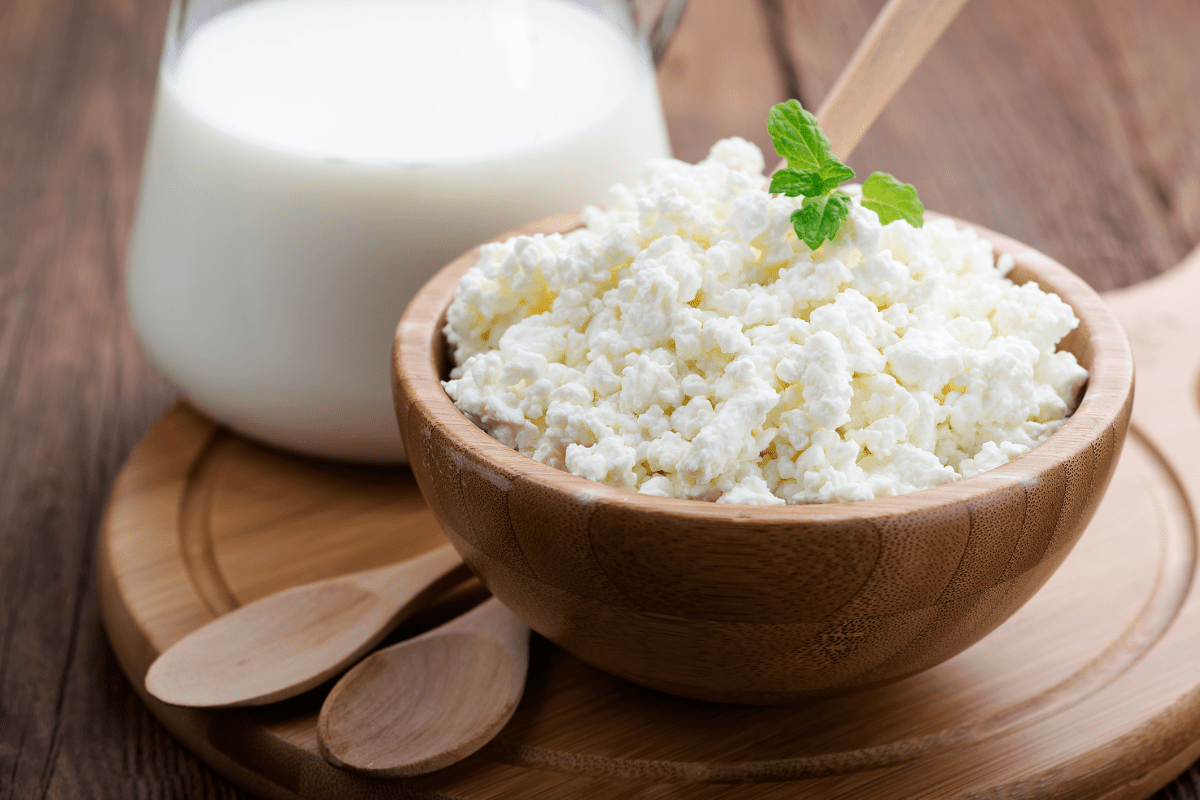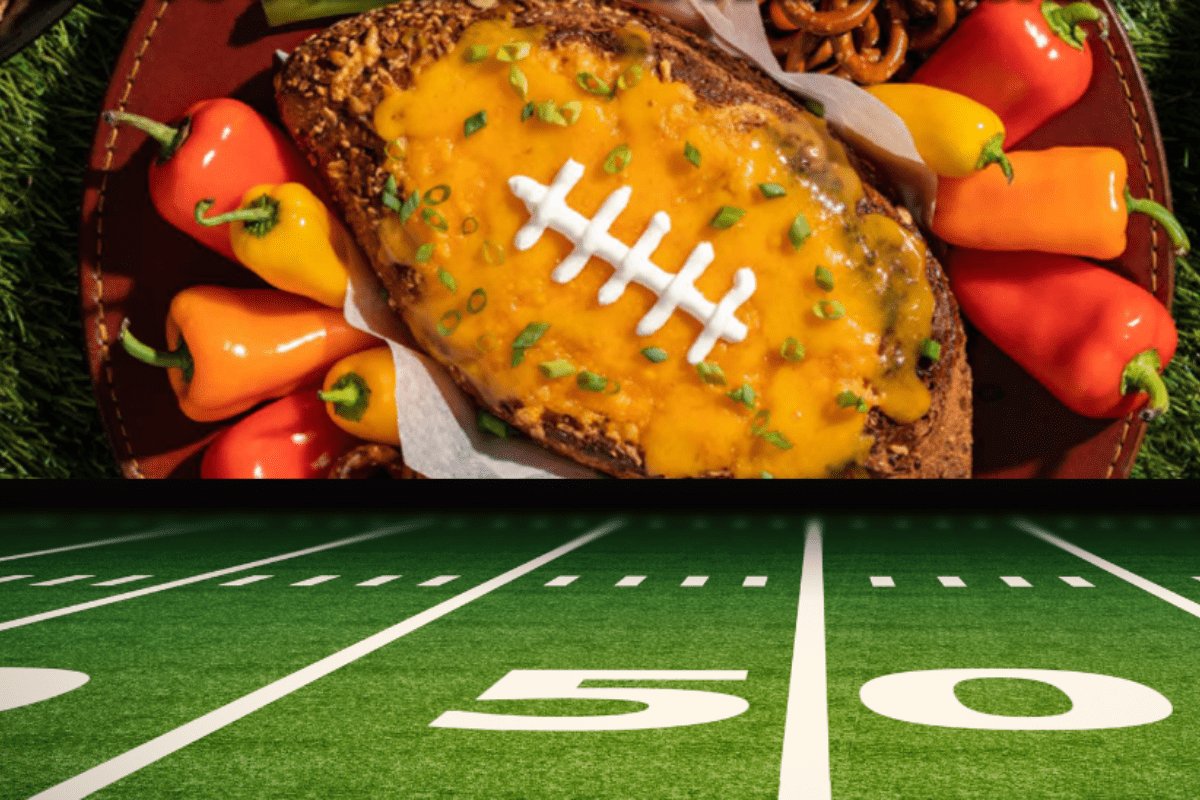The term “clean eating” (or eating clean) seems to be everywhere – the internet, food stores, restaurants. It is a craze, which can attribute its growth in popularity to food photos and social-media hashtagging (#cleaneating, #eatclean), and one that’s starting to bother me more and more. I’m worried that the phrase has taken on a new, misguided meaning. So it’s time to clarify.
What does “clean eating” mean to a registered dietitian?
To me, clean eating is really just a way of choosing food that lends itself to improving one’s health and wellbeing as well as the environment.
Here are the best ideas coming from “eating clean”:
Eat more real foods
One of the tenets of all healthy diets is to eat foods closest to their original form. That means eating fewer processed or refined foods. It does not mean banning convenience foods but instead making sure that what’s in that can or package is the real thing with few other ingredients. It also does not mean mean eating raw foods, like raw milk, that health experts have deemed unsafe.
Eat for more than refueling
What that means is eating regular, balanced meals and healthy snacks that are nourishing and not rushed. Eat meals at home more often and prepare food in healthy ways. Pack food to eat away from home: when on the road, at work, or at leisure activities. And when you do eat out, choose wisely.
Eat safely
Practice food safety by washing produce before consumption (and that doesn’t mean you need to buy organic), keeping raw foods separate from produce from the grocery store to home, cooking food to proper temperatures, and chilling food quickly after service. Equally important is keeping tabs on perishable foods, storing some refrigerated items in the “right” place in the refrigerator (for example, milk should be placed in the back of the fridge and not on the door), and purging weekly for questionable leftovers.
Eat seasonal and local when possible
Keep foods as close as possible to your home by growing your own, participating in community supported agriculture (CSA), and visiting farmer’s markets. The good news is most milk travels less than 150 miles from cow to table.
Eat food, not food claims
“Health” claims are now on many supermarket products. Some of are valid, while others are ridiculous. (Why are so many foods suddenly gluten- or dairy-free?) We derive better health from what’s in a food and not from the “free from” claims placed on a food package.
Clean up your act
There are many ways to have cleaner lifestyle: find ways to include physical activity during the day (like taking the stairs), getting enough sleep, and managing stress in healthy ways.
Since clean eating has no official definition, figure out what it means to you. Choose a few changes that will help you improve your diet – and your overall wellbeing.




